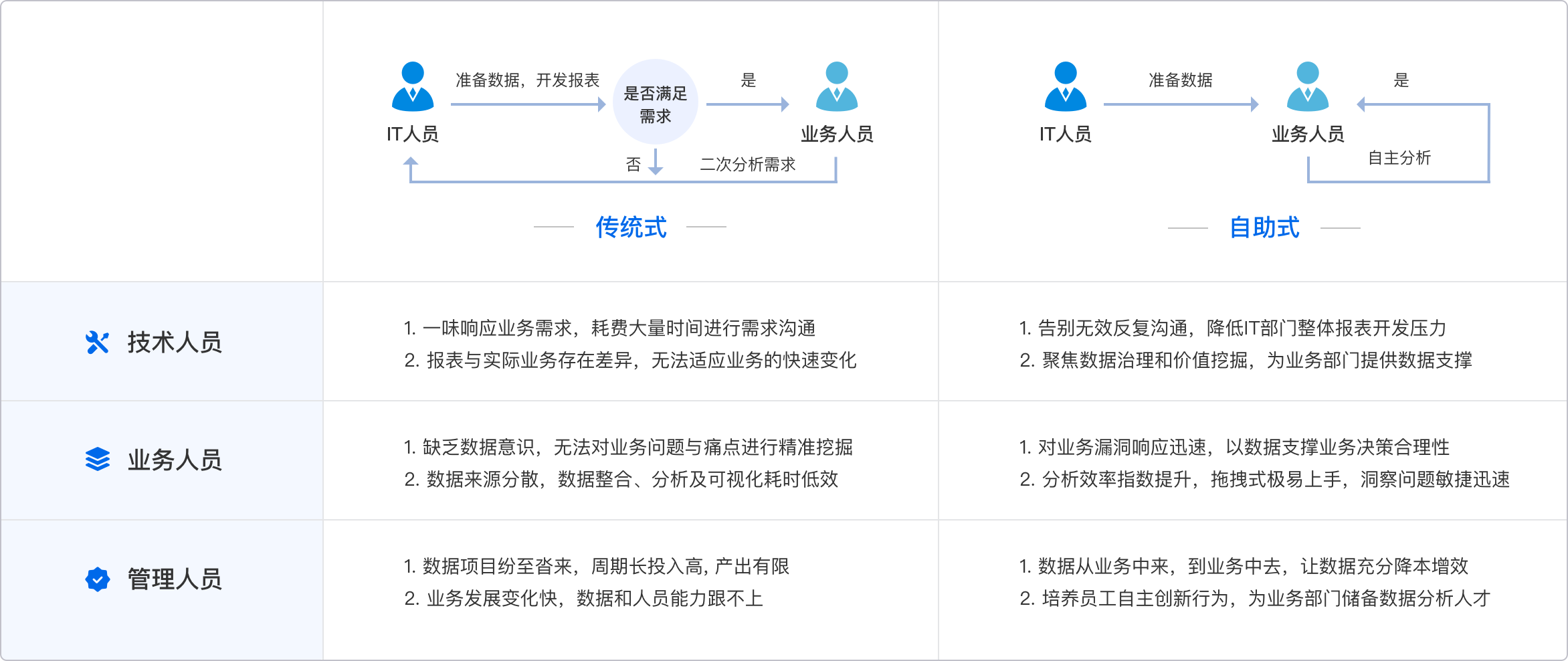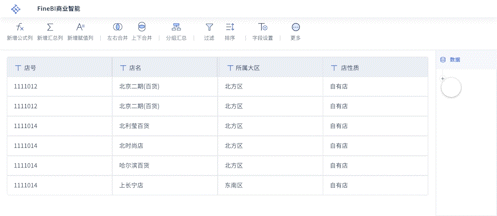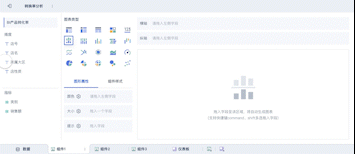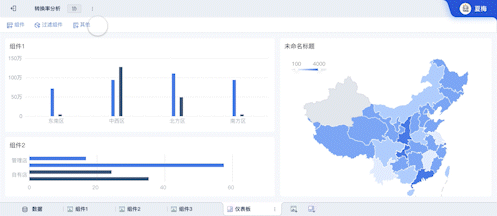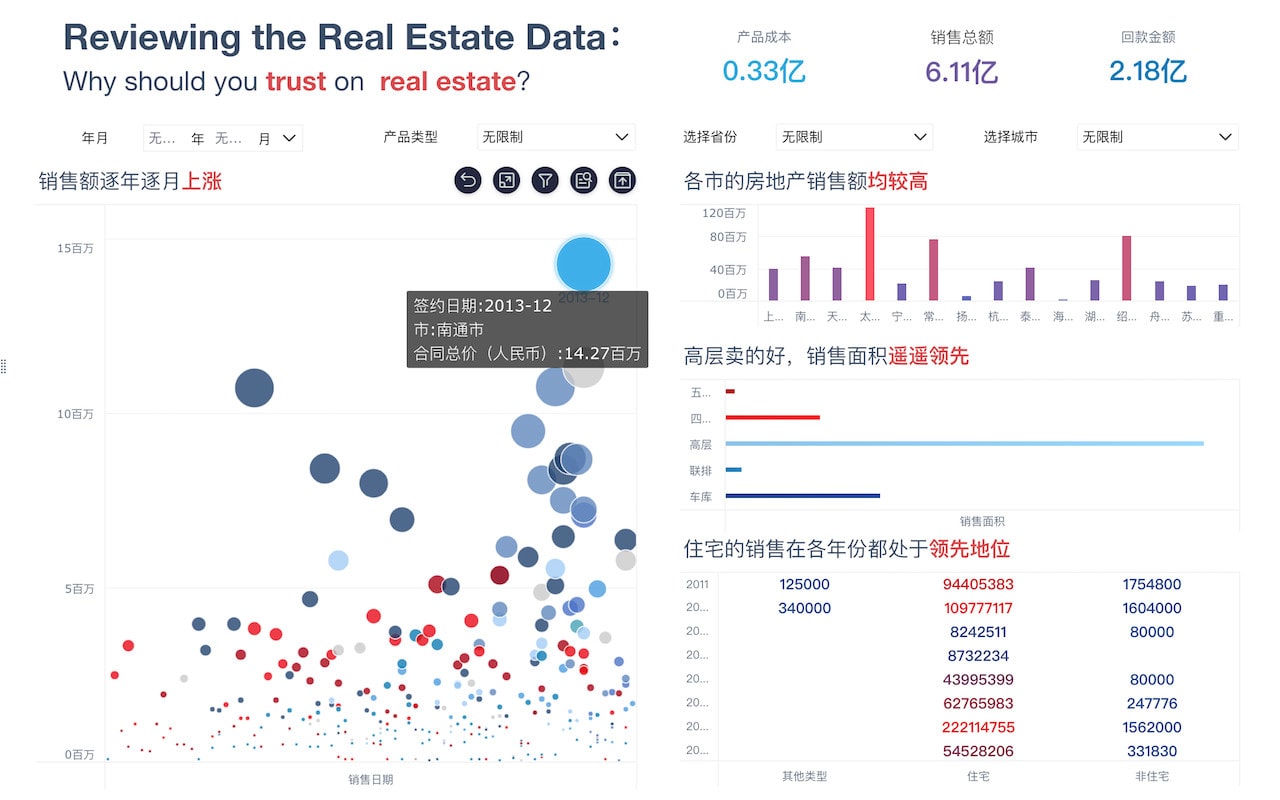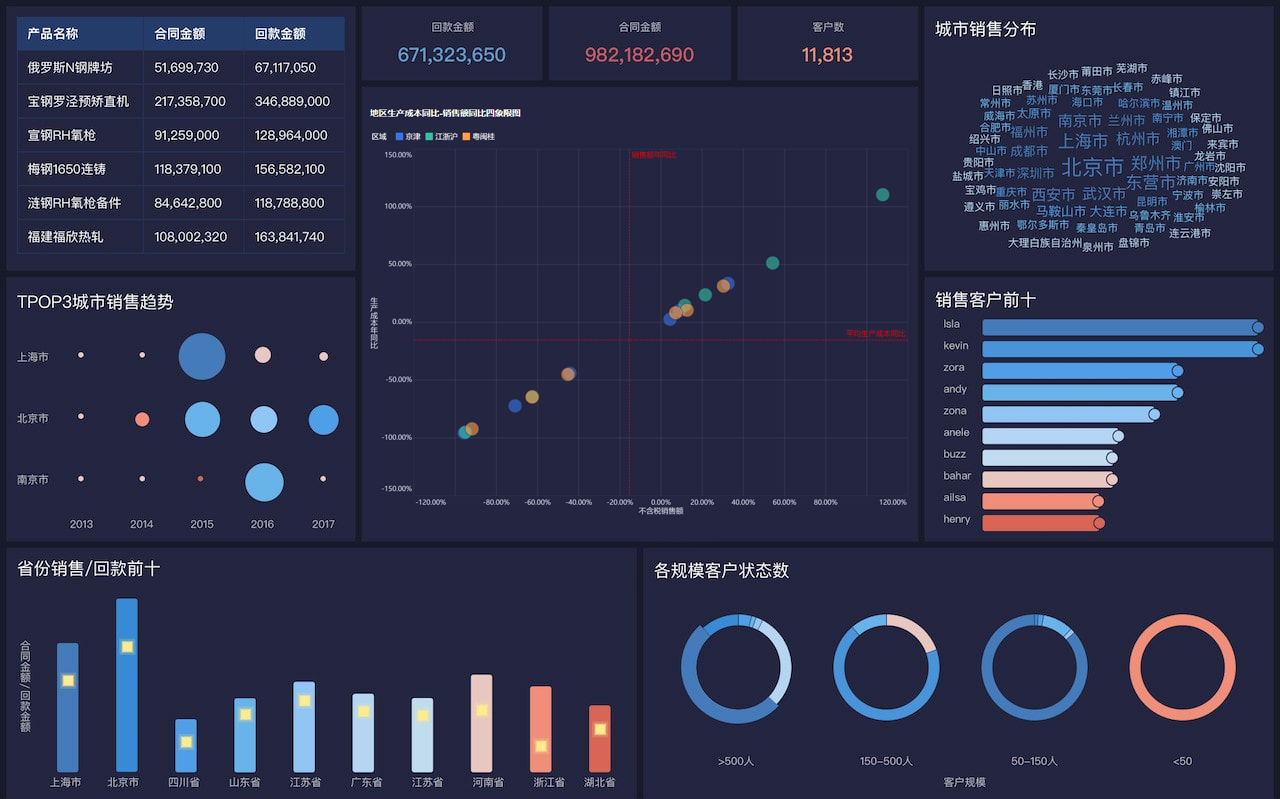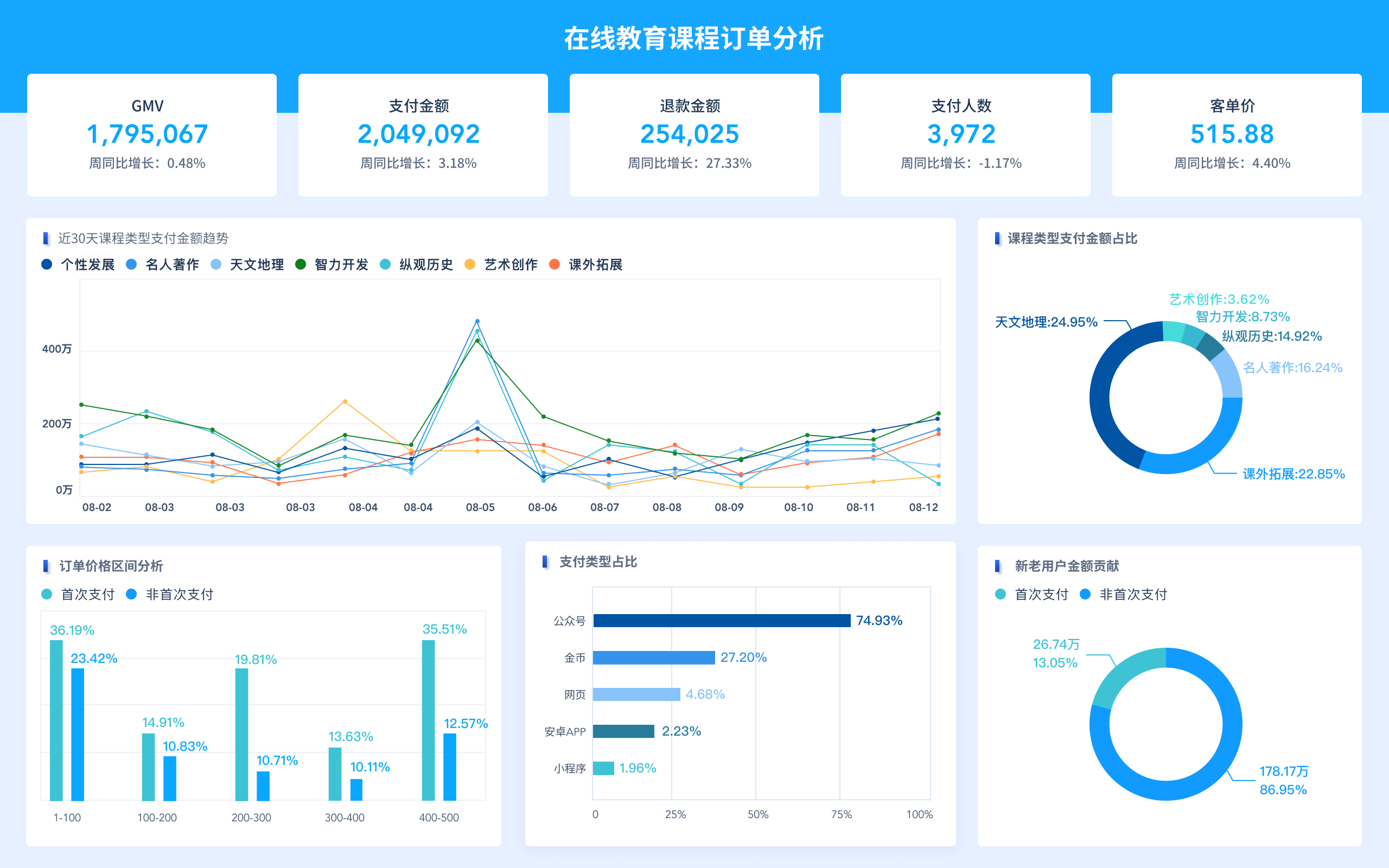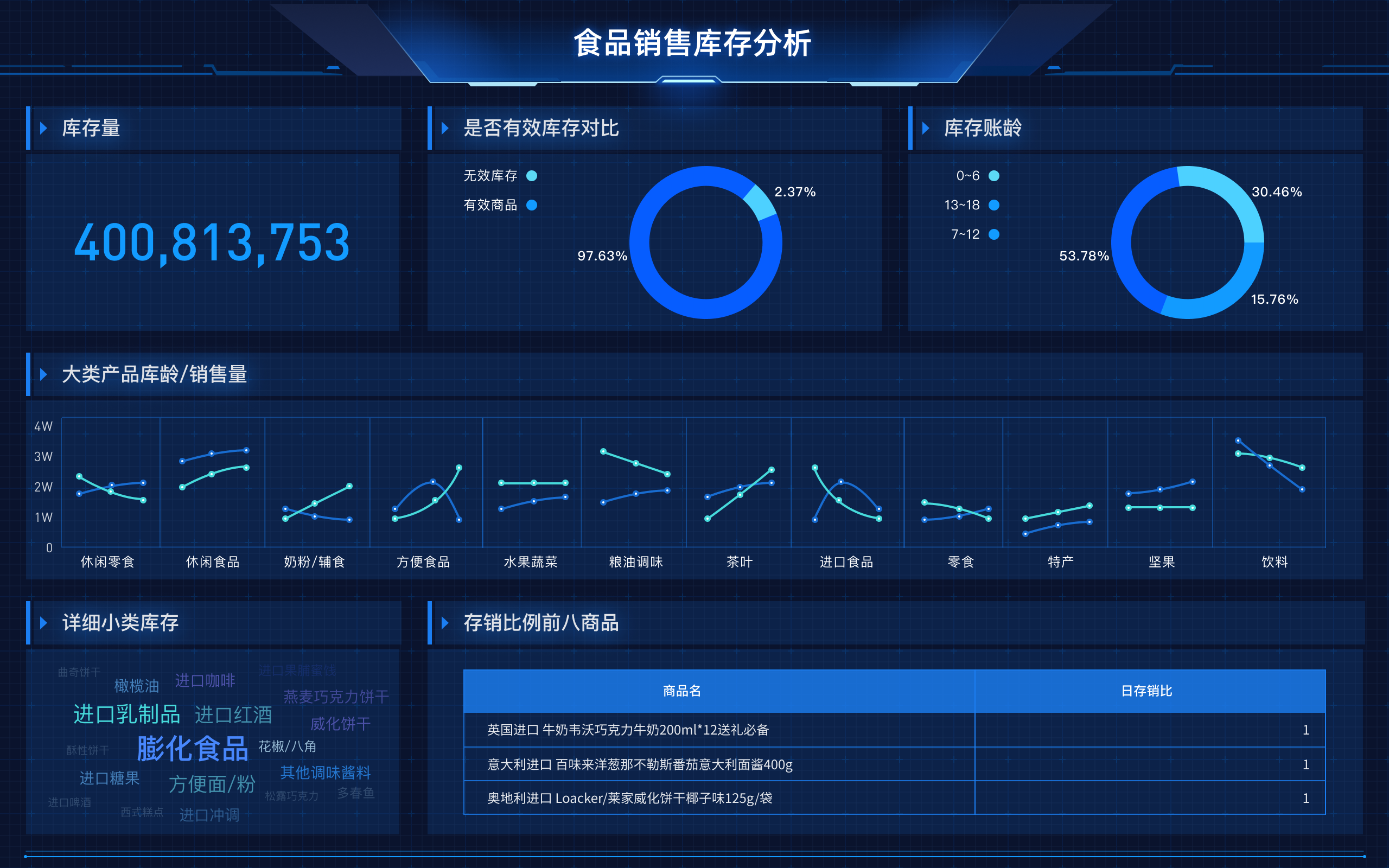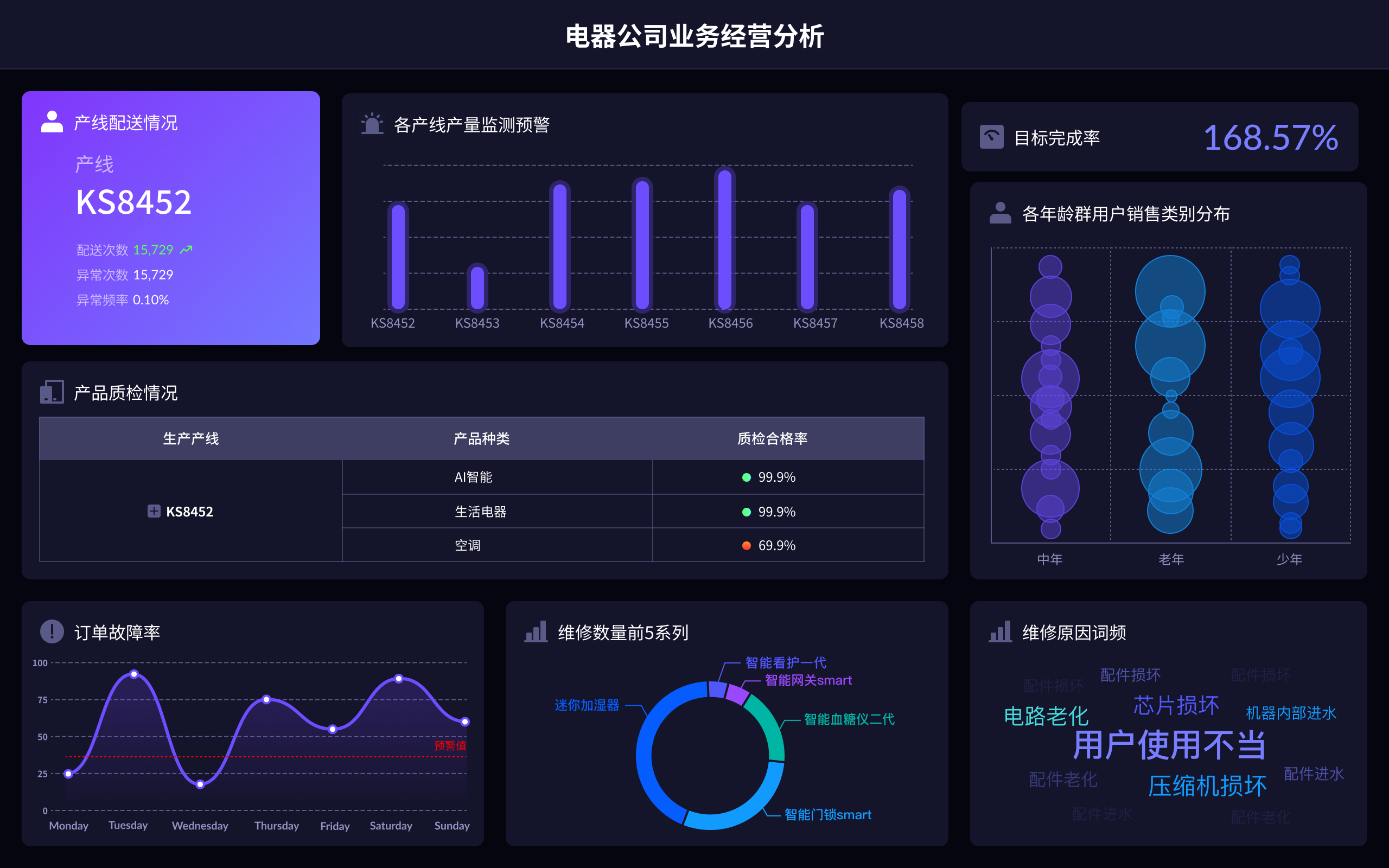
OMI数据集成平台的主要功能包括:数据集成、数据转换、数据加载。其中,数据集成是关键功能,它能够将来自不同源的数据整合到一个统一的平台上,以便进一步分析和利用。
一、数据集成平台的核心功能
数据集成是OMI数据集成平台的核心功能。该平台可以通过连接多个数据源,如数据库、API接口、文件系统等,将分散的数据汇集到一个集中存储的位置。数据集成不仅可以实现数据的物理整合,还可以通过虚拟整合来提供统一的访问接口,使用户无需关心数据的具体存储位置。
- 跨平台数据连接:OMI数据集成平台支持连接不同类型的数据源,如关系型数据库(MySQL、PostgreSQL)、NoSQL数据库(MongoDB、Cassandra)、云存储(AWS S3、Google Cloud Storage)等。这种多样化的连接能力使得数据集成过程更加灵活和高效。
- 实时数据集成:通过实时数据集成功能,OMI数据集成平台能够在数据源发生变化时,实时捕捉并同步到目标数据存储中。这对于需要实时分析和监控的应用场景尤为重要。
- 批量数据处理:除了实时数据处理,OMI数据集成平台还支持大规模的批量数据处理任务。通过调度器,可以定时执行数据抽取、转换和加载(ETL)任务,将大规模数据批量导入目标系统。
二、数据转换与处理
数据转换是将不同格式、结构和类型的数据进行规范化处理,以便在统一的平台上使用。OMI数据集成平台提供了丰富的数据转换工具,可以完成数据清洗、数据格式转换、数据聚合等工作。
- 数据清洗:通过数据清洗工具,可以去除数据中的重复项、填补缺失值、修正错误数据等。这一步骤确保了集成数据的质量,为后续的数据分析和应用奠定了基础。
- 格式转换:OMI数据集成平台支持将多种格式的数据转换为统一的格式。例如,将XML格式数据转换为JSON格式,将CSV文件转换为数据库表格等。这种转换能力使得数据能够在不同应用系统之间自由流通。
- 数据聚合:通过数据聚合功能,可以将来自多个数据源的数据进行汇总和计算。例如,将不同地区的销售数据进行汇总,计算总销售额和平均销售额等。这些聚合数据为商业决策提供了重要参考。
三、数据加载与同步
数据加载是将处理后的数据存储到目标系统中,以便于进一步使用。OMI数据集成平台支持多种数据加载方式,包括全量加载、增量加载和实时加载。
- 全量加载:全量加载是将整个数据集一次性导入目标系统,适用于初次数据集成或大规模数据更新的场景。虽然这种方式较为耗时,但能够确保数据的一致性。
- 增量加载:增量加载只将发生变化的数据导入目标系统,适用于数据更新频繁且每次更新量较小的场景。这种方式能够显著提高数据加载效率,减少系统资源消耗。
- 实时加载:通过实时加载功能,可以将数据源中的变化实时同步到目标系统,确保数据的时效性。实时加载通常用于需要实时监控和分析的业务场景。
四、OMI数据集成平台的优势
OMI数据集成平台在数据集成、数据转换和数据加载方面表现出色,其优势主要体现在以下几个方面:
- 高扩展性:OMI数据集成平台具有高扩展性,能够适应不同规模和复杂度的数据集成任务。无论是小型企业还是大型企业,都可以根据自身需求灵活调整平台配置。
- 强大的处理能力:平台内置高性能数据处理引擎,能够高效完成大规模数据处理任务。无论是实时数据流处理还是批量数据处理,都能够快速响应。
- 多样化的数据源支持:OMI数据集成平台支持多种类型的数据源,使得数据集成过程更加灵活和多样化。用户可以根据实际需求选择合适的数据源进行集成。
- 安全性与合规性:平台采用先进的数据安全措施,确保数据在传输和存储过程中的安全性。同时,平台还支持多种合规标准,满足不同行业的数据合规要求。
- 易于使用:OMI数据集成平台提供了友好的用户界面和丰富的文档支持,用户可以快速上手并完成数据集成任务。即使是没有编程经验的用户,也能够轻松使用平台提供的功能。
通过上述分析,我们可以看出,OMI数据集成平台在数据集成、数据转换和数据加载方面具有显著优势,能够为企业提供高效、灵活、安全的数据集成解决方案。
相关问答FAQs:
FAQs about OMI Data Integration Platforms
-
What are the key features of OMI data integration platforms?
OMI data integration platforms are designed to streamline the process of consolidating various data sources into a cohesive system. Key features typically include:
- Advanced Data Integration: These platforms support a wide array of data sources and formats, facilitating seamless integration and unification of disparate data streams.
- Real-time Data Processing: OMI platforms often offer real-time data processing capabilities, ensuring that information is updated instantly across systems.
- Robust Data Transformation: Users can perform complex data transformations and cleansing to ensure data accuracy and consistency.
- Scalability: Designed to handle growing amounts of data, OMI platforms are scalable to accommodate increasing data volumes and complexity.
- User-friendly Interfaces: Many OMI platforms provide intuitive, user-friendly interfaces that simplify the data integration process, making it accessible to users with varying levels of technical expertise.
- Integration with Cloud Services: Support for integration with cloud-based services is common, allowing for flexible data management and storage solutions.
-
How do OMI data integration platforms benefit businesses?
Businesses gain several advantages from implementing OMI data integration platforms, which can significantly enhance operational efficiency and decision-making:
- Improved Data Accuracy: By consolidating data from multiple sources, businesses can reduce errors and inconsistencies, leading to more reliable insights and reporting.
- Enhanced Decision-Making: With integrated and real-time data, businesses can make more informed decisions based on comprehensive and up-to-date information.
- Operational Efficiency: Automating data integration processes reduces manual effort and operational overhead, streamlining workflows and improving productivity.
- Cost Savings: Efficient data management can lead to cost savings by minimizing redundant data storage and reducing the need for manual data handling.
- Better Customer Insights: Integrated data allows businesses to gain a holistic view of customer interactions and preferences, leading to improved customer experiences and targeted marketing strategies.
- Regulatory Compliance: OMI platforms often include features for ensuring data compliance with industry regulations, helping businesses avoid legal pitfalls and maintain data integrity.
-
What are some examples of OMI data integration platforms available in the market?
Several OMI data integration platforms are popular in the market, each offering unique features and capabilities:
- Informatica: Renowned for its powerful data integration and management solutions, Informatica provides comprehensive tools for data integration, transformation, and governance.
- Talend: Known for its open-source and enterprise data integration solutions, Talend offers robust tools for data integration, quality, and big data processing.
- Microsoft Azure Data Factory: A cloud-based data integration service that allows for the creation, scheduling, and orchestration of data workflows, integrating with a wide range of data sources.
- IBM DataStage: Part of IBM's InfoSphere suite, DataStage offers advanced data integration and transformation capabilities, suitable for complex data environments.
- SnapLogic: Provides a cloud-based integration platform with a user-friendly interface and support for integrating various data sources and applications.
- Dell Boomi: Known for its cloud-based integration services, Dell Boomi offers a low-code platform that simplifies the integration of cloud and on-premises applications.
Each of these platforms has its strengths and is designed to address specific integration needs, so businesses should evaluate their requirements to choose the most suitable solution.
本文内容通过AI工具匹配关键字智能整合而成,仅供参考,帆软不对内容的真实、准确或完整作任何形式的承诺。具体产品功能请以帆软官方帮助文档为准,或联系您的对接销售进行咨询。如有其他问题,您可以通过联系blog@fanruan.com进行反馈,帆软收到您的反馈后将及时答复和处理。


